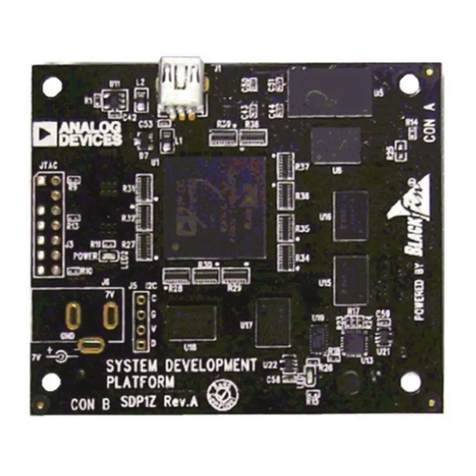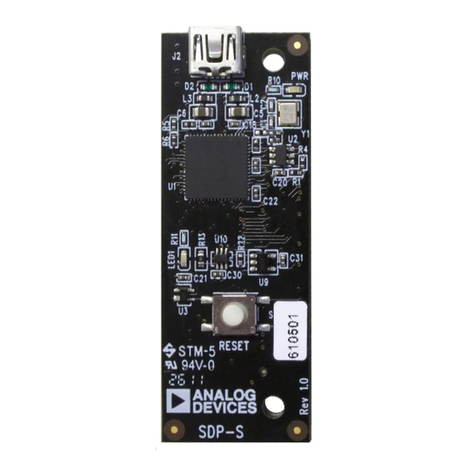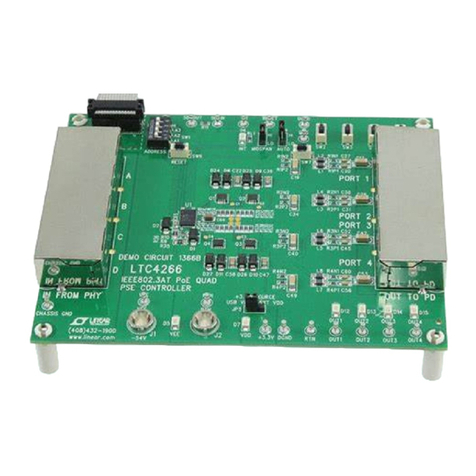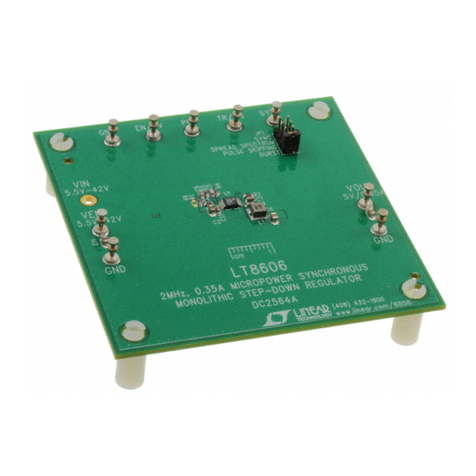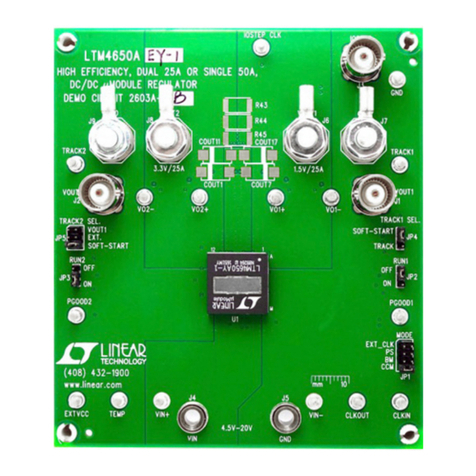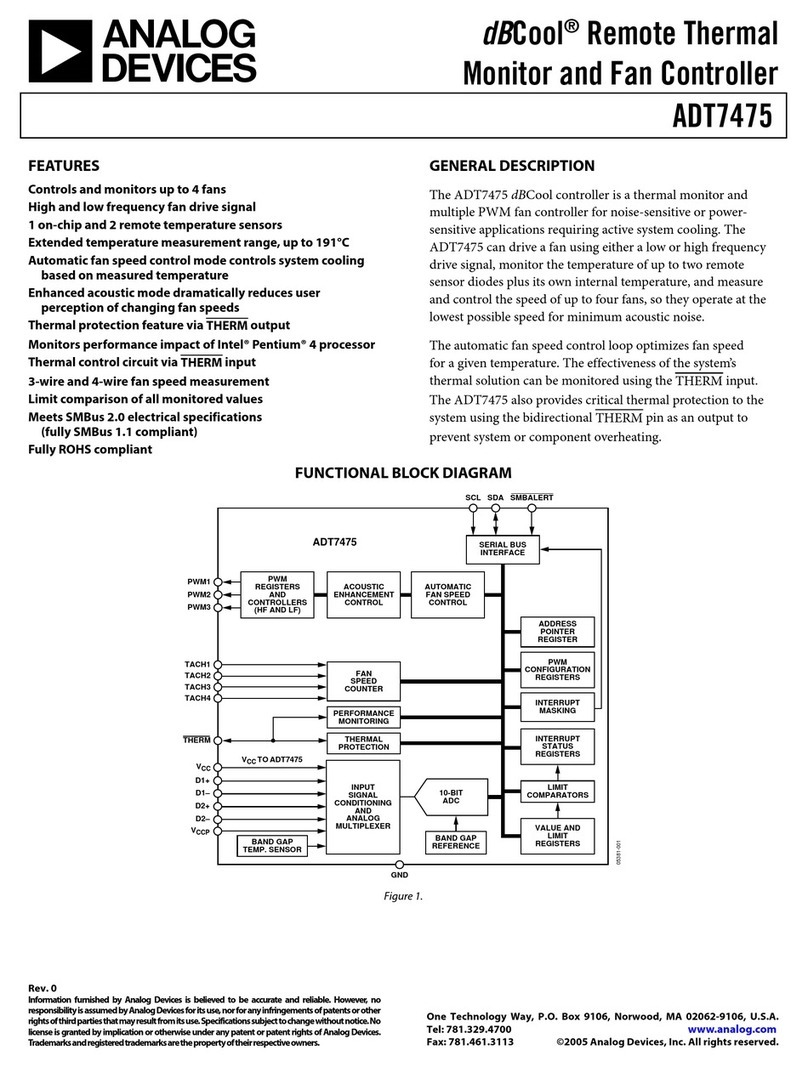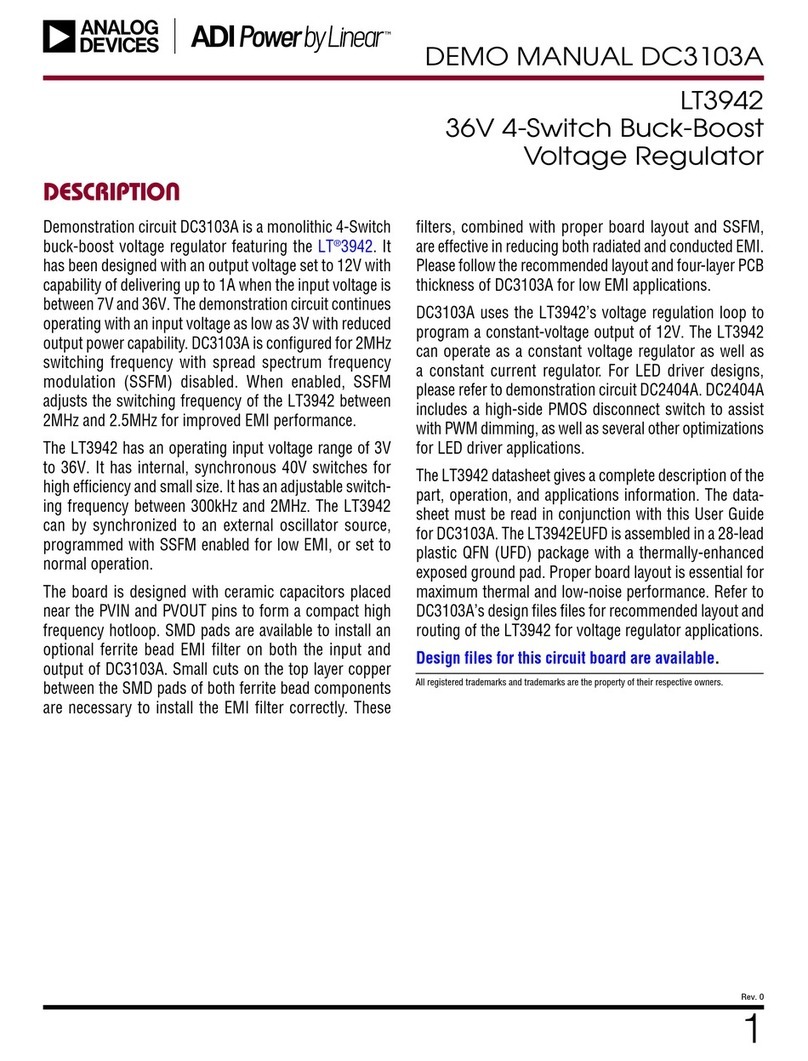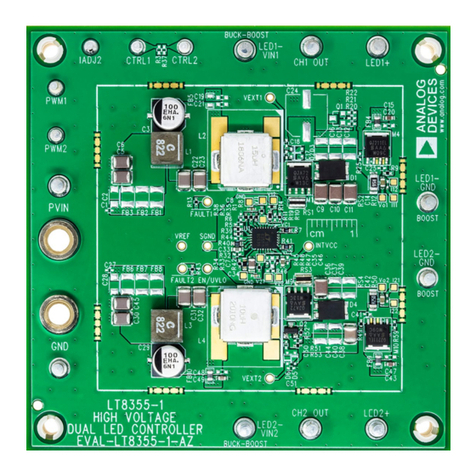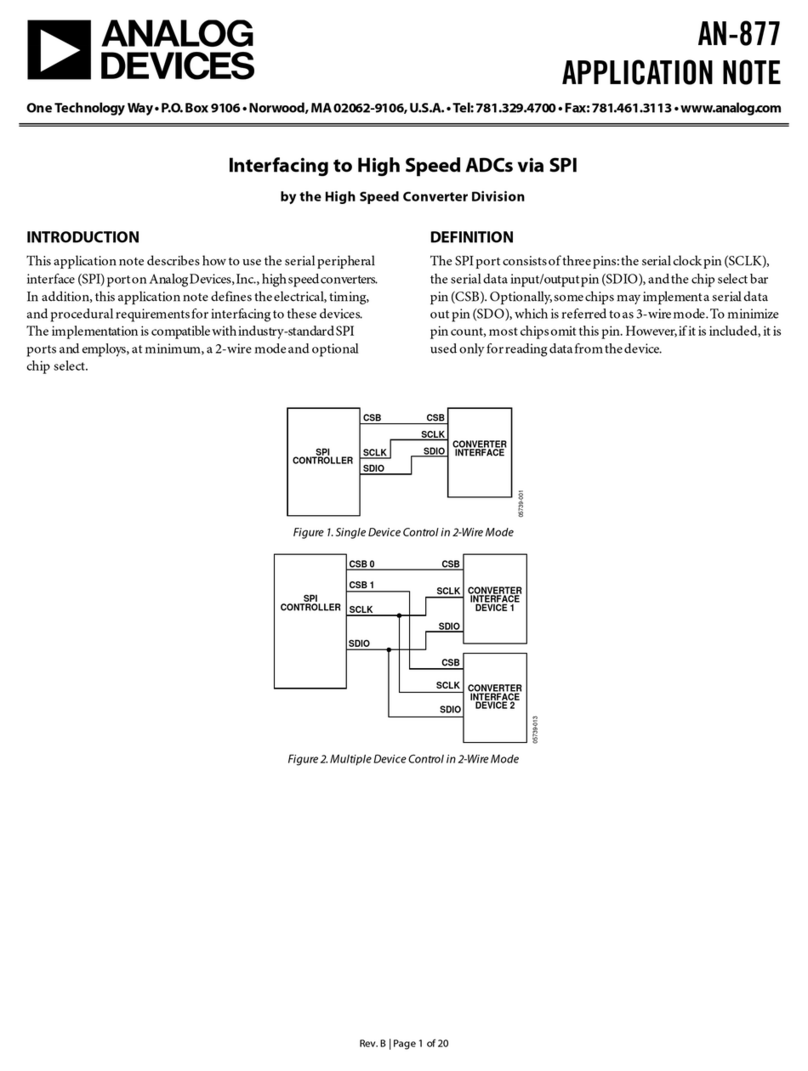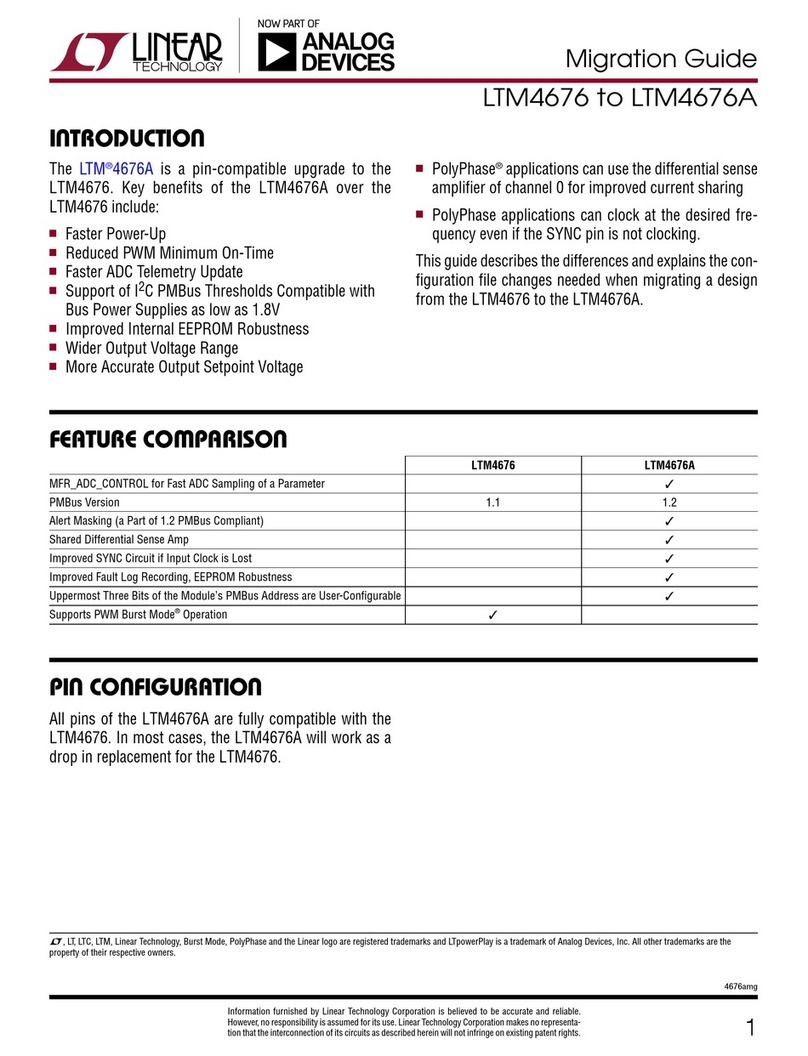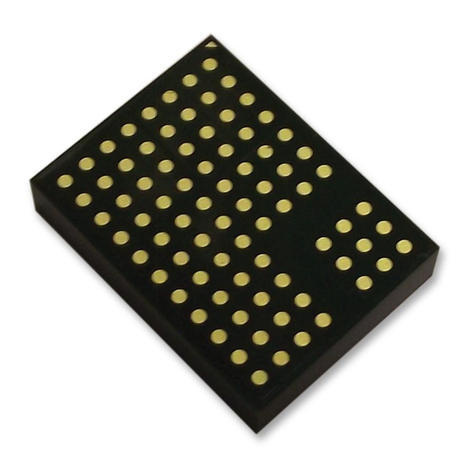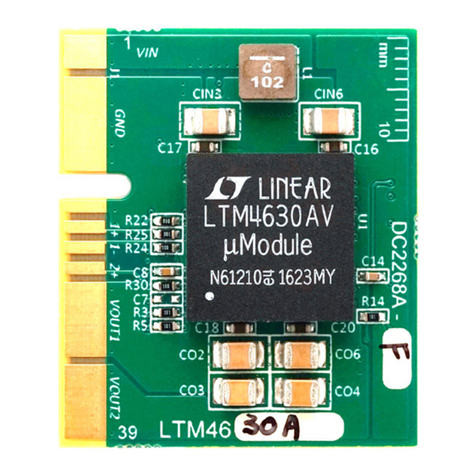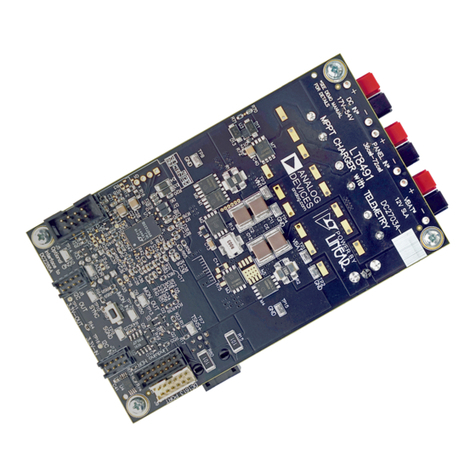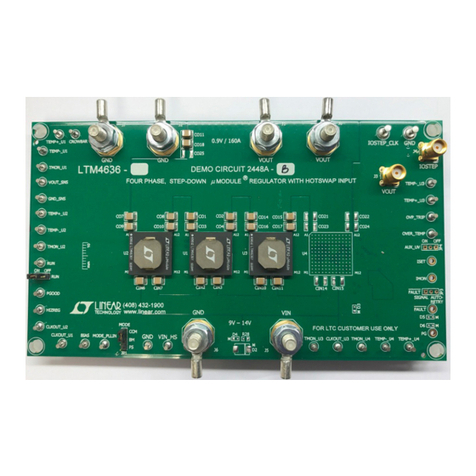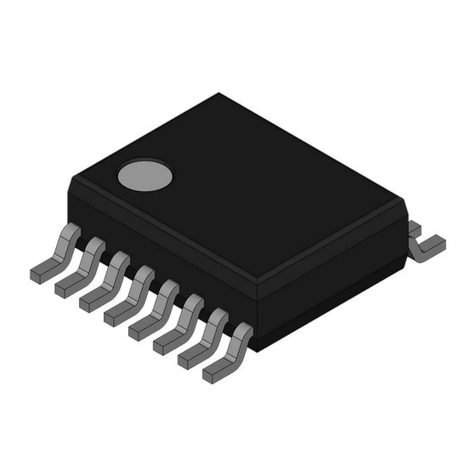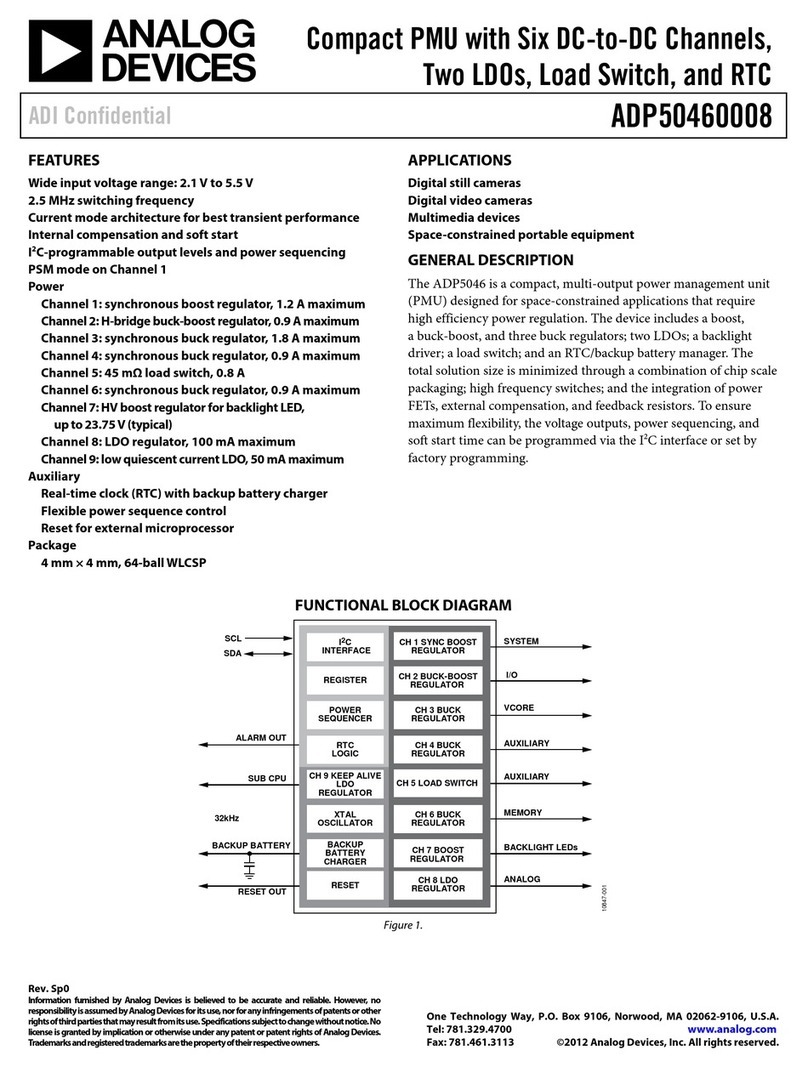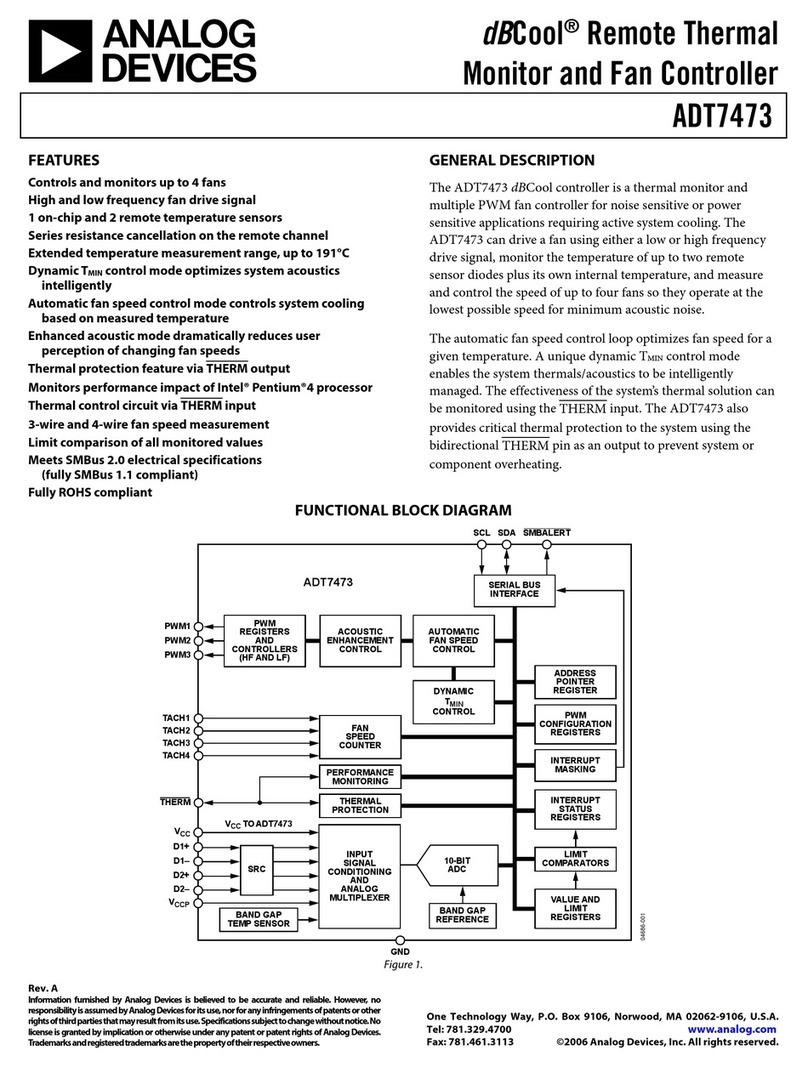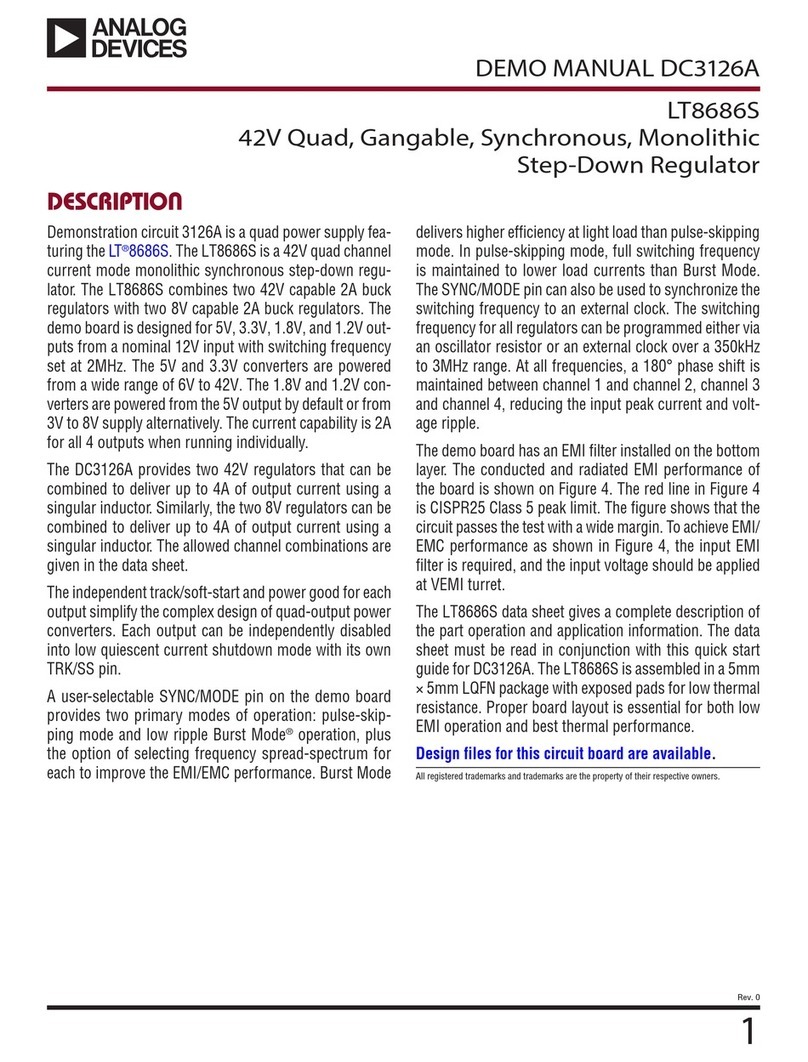
ADT7473/ADT7473-1
Rev. C | Page 2 of 72
TABLE OF CONTENTS
Features .............................................................................................. 1
General Description......................................................................... 1
Functional Block Diagram .............................................................. 1
Revision History ............................................................................... 2
Specifications..................................................................................... 3
Timing Diagram ........................................................................... 4
Absolute Maximum Ratings............................................................ 5
Thermal Resistance ...................................................................... 5
ESD Caution.................................................................................. 5
Pin Configurations and Function Descriptions ........................... 6
Typical Performance Characteristics ............................................. 7
Product Description......................................................................... 9
Comparison Between ADT7467 and ADT7473/ADT7473-1 9
How to Set the Functionality of Pin 9........................................ 9
Recommended Implementation................................................. 9
Serial Bus Interface..................................................................... 10
Write Operations ........................................................................ 12
Read Operations ......................................................................... 13
SMBus Timeout .......................................................................... 13
Voltage Measurement Input...................................................... 13
Analog-to-Digital Converter .................................................... 13
Input Circuitry ............................................................................ 13
Voltage Measurement Registers................................................ 13
VCCP Limit Registers ................................................................... 13
Additional ADC Functions for Voltage Measurements ........ 14
Temperature Measurement Method ........................................ 15
Series Resistance Cancellation.................................................. 17
Factors Affecting Diode Accuracy ........................................... 17
Additional ADC Functions for Temperature Measurement 19
Limits, Status Registers, and Interrupts....................................... 20
Limit Values ................................................................................ 20
Interrupt Status Registers .......................................................... 21
THERM Timer ........................................................................... 23
Fan Drive Using PWM Control ............................................... 25
Fan Presence Detect................................................................... 30
Sleep States .................................................................................. 30
XNOR Tree Test Mode .............................................................. 30
Power-On Default ...................................................................... 31
Programming the Automatic Fan Speed Control Loop ............ 32
Automatic Fan Control Overview............................................ 32
Step 1: Hardware Configuration .............................................. 33
Step 2: Configuring the Mux .................................................... 35
Step 3: TMIN Settings for Thermal Calibration Channels ...... 37
Step 4: PWMMIN for Each PWM (Fan) Output ...................... 38
Step 5: PWMMAX for PWM (Fan) Outputs.............................. 38
Step 6: TRANGE for Temperature Channels................................ 39
Step 7: TTHERM for Temperature Channels ............................... 42
Step 8: THYST for Temperature Channels.................................. 43
Dynamic TMIN Control Mode ................................................... 44
Step 9: Operating Points for Temperature Channels............. 46
Step 10: High and Low Limits for Temperature Channels ... 47
Step 11: Monitoring THERM ................................................... 49
Enhancing System Acoustics .................................................... 50
Step 12: Ramp Rate for Acoustic Enhancement..................... 52
Register Tables ................................................................................ 54
Outline Dimensions ....................................................................... 72
Ordering Guide .......................................................................... 72
REVISION HISTORY
8/07—Rev. B to Rev. C
Changes to Interrupt Status Register 2 (0x42) section .............. 21
Changes to High Frequency Mode PWM Drive section .......... 29
Changes to Table 20........................................................................ 54
Changes to Table 51........................................................................ 67
Changes to Table 61........................................................................ 71
6/07—Rev. A to Rev. B
Added ADT7473-1.............................................................Universal
2/06—Rev. 0 to Rev. A.
Changes to Table 1............................................................................ 4
Change to Table 3 ..............................................................................6
Changes to Comparisons Between the ADT7467
and ADT7476 section .................................................................... 10
Changes to SMBALERT Interrupt Behavior Section ................ 21
Changes to Interrupt Mask Register 1 (0x74) Section............... 22
Changes to Fan Drive Using PWM Control ............................... 26
Changes to Reading Fan Speed from the ADT7473.................. 28
Changes to Ordering Guide.......................................................... 76
6/05—Revision 0: Initial Version
